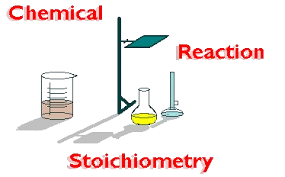Tag: stoichiometry
-
Chapter 4 Stoichiometry SLO based solved Exercise 9th class new syllabus
Get comprehensive solutions for Chapter 4 Stoichiometry from the 9th Class New Syllabus. This SLO-based solved exercise is designed to help students master the concepts of stoichiometry effectively. (i) How...
-
Stoichiometry Federal board mcqs
Practice Stoichiometry MCQs designed for Federal Board students. Enhance your problem-solving skills with topic-specific questions and detailed explanations. Mole, molar volume, molar mass, and the density of gases Stoichiometric calculations,...


